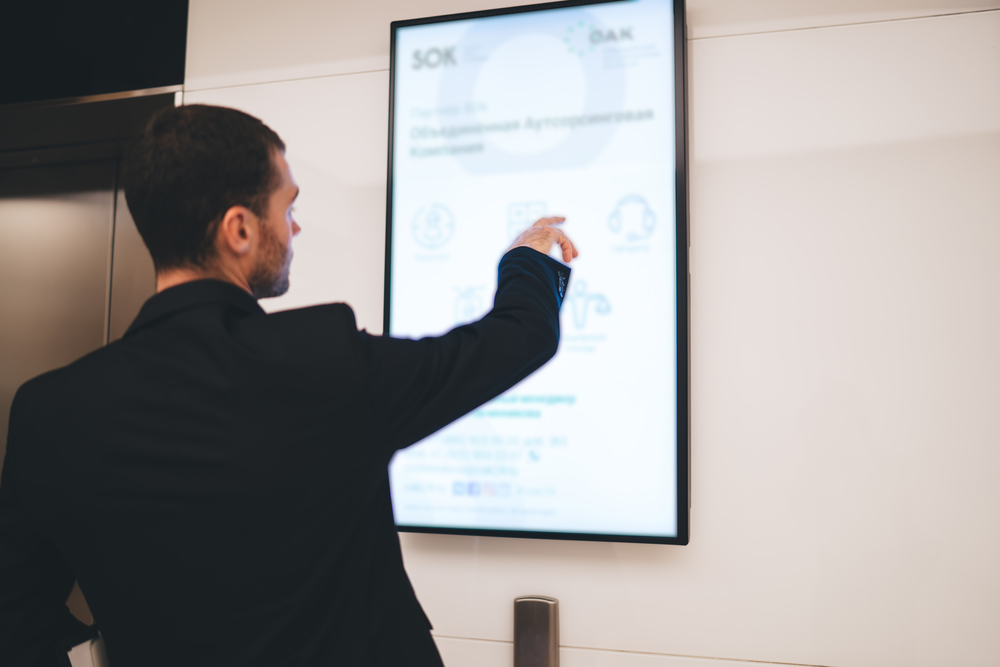Ensure clarity and impact with expertly designed trial presentations that simplify complex cases.
Ensure clarity and impact with expertly designed trial presentations that simplify complex cases.
Blog Article
Exactly How Trial Presentations Enhance Your Disagreement and Convince Jurors
Test discussions offer as a pivotal system for boosting legal disagreements and convincing jurors. By incorporating visual help, narrative structures, and psychological engagement, attorneys can create a compelling instance that reverberates on numerous levels. The strategic use visuals not just clarifies intricate info but also captures jurors' interest extra efficiently than words alone. The art of storytelling plays an equally vital duty in changing valid evidence into an engaging story, shaping jurors' understandings. Understanding these elements can dramatically affect test results, raising the concern of how each part adds to this intricate dynamic.

Importance of Aesthetic Help
Visual aids play a vital duty in boosting the performance of test presentations, as they can considerably raise audience interaction and retention of details. In the context of a trial, where jurors are entrusted with processing facility info, visual help offer to streamline and make clear bottom lines. Graphes, charts, and photos can share data and principles that may or else bewilder or confuse jurors, permitting an extra simple understanding of the proof presented.
In addition, aesthetic aids assist in maintaining juror focus throughout the proceedings. By damaging the uniformity of verbal testimony, these devices can stress crucial disagreements, making them much more remarkable. Reliable aesthetic help can also stimulate psychological reactions, which can be pivotal in encouraging jurors to line up with the speaker's story.

Crafting Compelling Stories
An engaging narrative is necessary in test discussions, as it functions as the foundation of effective persuasion. It permits attorneys to weave together truths, evidence, and emotional elements into a coherent story that reverberates with jurors. This narrative framework enables jurors to understand the complexities of the instance while leading them via the lawyer's debate.
To craft a compelling narrative, lawyers must focus on clarity and comprehensibility. This entails developing a clear protagonist-- frequently the client-- and describing their journey with the events in inquiry. Presenting the realities in a rational series improves comprehension and maintains involvement. Additionally, the use of vivid summaries can create mental pictures that aid jurors picture the occasions, making the story extra remarkable.
Additionally, integrating crucial motifs throughout the discussion reinforces the core message and help in retention - trial presentations. The narrative ought to not just communicate information however also stimulate a feeling of justice, highlighting the risks entailed. Eventually, a sound story cultivates a link in between the jurors and the instance, placing the lawyer's disagreement as both legitimate and engaging, thereby increasing the chance of a beneficial verdict

Involving the Jury Mentally
Efficient court involvement pivots on the attorney's ability to connect with jurors on an emotional level. This connection can substantially influence jurors' assumptions and their utmost decision-making.
Aesthetic aids, such as photos or video clips, can additionally improve psychological involvement, providing jurors with vibrant representations of the case's human components. Crafting a story that highlights the battles and victories of the people involved ensures that click for info jurors see beyond the legal debates and identify the human effects of their choices.
A lawyer's enthusiastic delivery can reverberate with jurors, reinforcing their emotional financial investment in the case. It's vital to balance psychological appeals with factual proof, guaranteeing that jurors feel obliged to act while remaining grounded in the truth.
Structuring Your Presentation

The body of the presentation should be realistically segmented into key factors, each sustained by compelling proof. It is valuable to utilize narration methods to weave truths right into a story that jurors can conveniently comply with. Aesthetic help, such as charts and videos, can boost comprehension and involvement, helping to highlight critical pieces of proof.
Real-World Instance Research Studies
Taking a look at real-world study supplies indispensable understandings right into the art of trial discussions and persuasion. For example, the spots case of "O.J. Simpson v. The People of The golden state" illustrates exactly how aesthetic aids and compelling stories can persuade jury understandings. The protection group effectively utilized a method that incorporated top-level specialist testimonies with multimedia presentations, which astounded jurors and eventually influenced their decision.
Another notable instance is the "McDonald's Coffee Situation," where the complainant's attorneys made use of visuals pictures of the injuries suffered by Stella Liebeck. trial presentations. This raw aesthetic proof played an important read the full info here duty in sharing the extent of her burns, causing a considerable court award. Such situations demonstrate that impactful test presentations usually rest on the efficient combination of visuals and narration to evoke psychological reactions from jurors
In addition, the "Casey Anthony Trial" highlighted the value of narrative coherence and integrity. The prosecution's failure to develop an engaging timeline diminished their convincing power, highlighting the need of a well-structured discussion. Evaluating these instances reveals that effective trial discussions call for tactical planning, psychological interaction, and the ability to resonate with jurors' worths and ideas.
Final Thought
Test presentations considerably boost arguments and persuade jurors with the critical use of visual aids, compelling narratives, and emotional engagement. A well-structured presentation balances psychological allures with factual evidence, inevitably reverberating with jurors' values.
Report this page